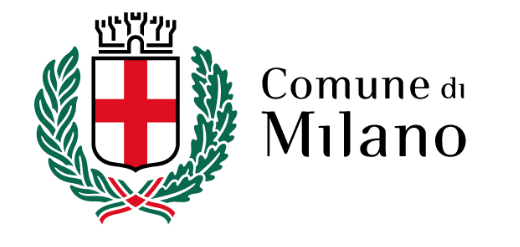The Sforza Castle and the Museum of Decorative Arts

Il Museum of Decorative Arts is one of the most important collections of its kind in Italy. Thanks to its consistent heritage it witnesses the evolution of taste and style in the sumptuary, decorative and applied arts from Paleochristian era to the 1950s, including a collection of 20th and 21st centuries artistic glass pieces. The itinerary through the museum leads viewers through masterpieces and artefacts of exceptional quality created by glassblowers, potters, woodcarvers, silver and goldsmiths, weavers, and creators of tapestries active throughout Europe from the Middle Ages to the 20th century. Among them, the ivory collection, the Trivulzio tapestries, ceramics, and pottery objects – coming from different countries and periods, like the set designed by Gio Ponti as a Richard Ginori art director – and Gianguido Sambonet cutlery, purchased by Regione Lombardia.
The collection is the result of many donations, starting from the end of 19th century when the variety of pieces was already so wide that the very first setting was divided into classes according to their materials. Among the most important collectors stand out Giuseppe Bossi, prince Trivulzio, Malachia de’ Cristoforis Francesco Ponti and Bellini-Pezzoli stand out.
The peculiarity of this museum is that it doesn’t exhibit and explain traditional paintings and sculptures, but artworks made by highly skilled artisans whose work contributed to define their ages’ taste, now available to visitors through their masterpieces. The highlight of Museo per tutti trail is the pieces’ choice, including objects renown by any kind of public and easily referable to their original functions. The whole concentrating effort can therefore be set on the detail observation that makes a difference on quality and artistic levels. The sequenced pieces embody different functions: toys, little statues, tables set with unusual forms lead to continuous discovering of something new, never seen before.
The museum is located on the second floor of the Rocchetta Courtyard, and it ends at the Sala della Balla on the first floor. The second-floor setting is a large, well-lit area with pieces mostly held in showcases, while on the lower floor pieces are set in a wide, well-lit hall with no showcases.













